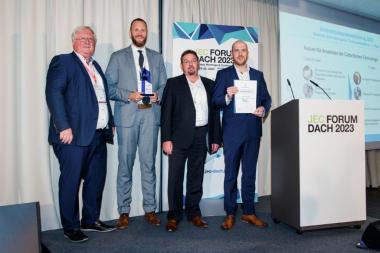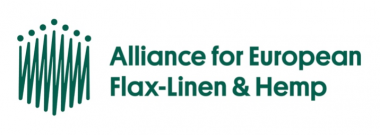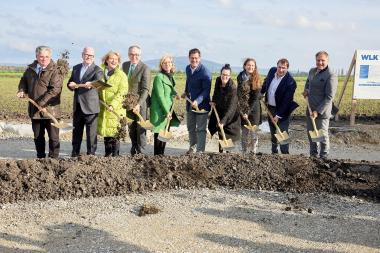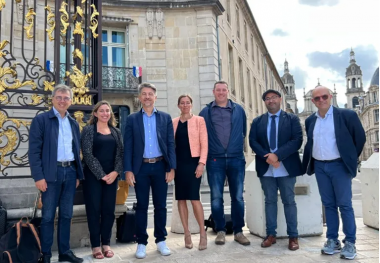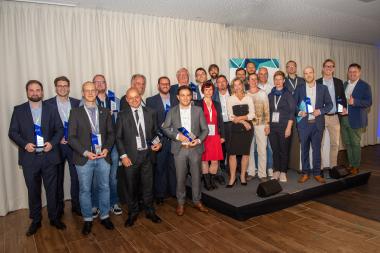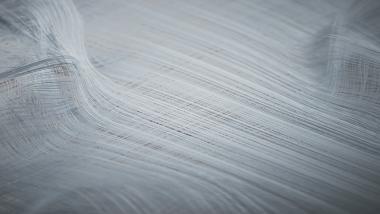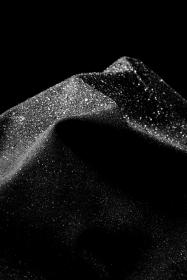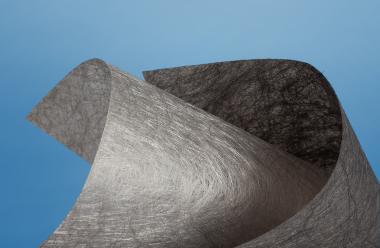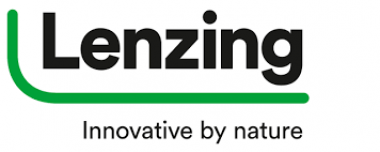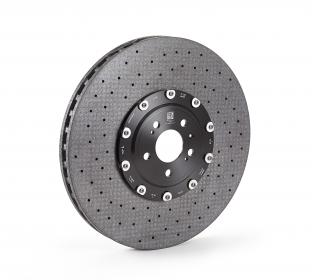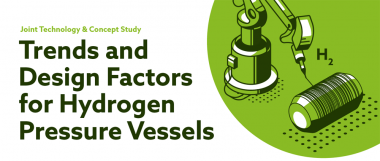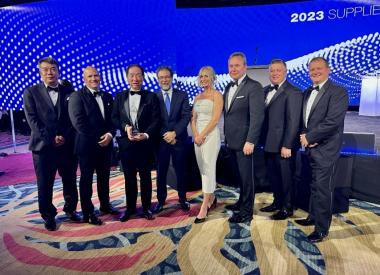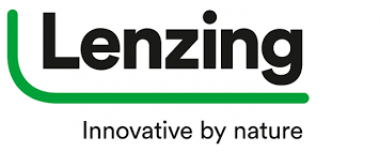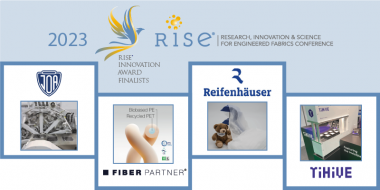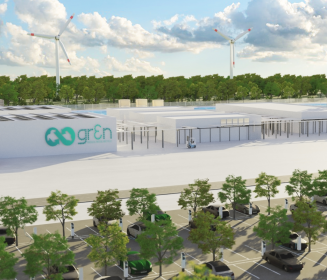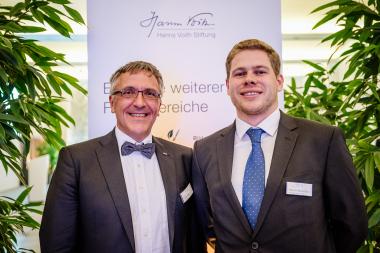CarboScreen: Sensor monitoring for complex carbon fibre production
Felix Pohlkemper and Tim Röding from Institut für Textiltechnik (ITA) of RWTH Aachen University are developing a technology with their start-up CarboScreen GmbH that makes complex carbon fibre production controllable through sensor monitoring. With the help of CarboScreen technology, it should be possible to double the production speed from the current 15 m/min to 30 m/min in the medium term. The doubling of production speed alone could result in an increase in turnover of up to €37.5 million per year and production plant. Felix Pohlkemper and Tim Röding were awarded third place in the AVK Innovation Award 2023 in the Processes and Procedures category for this ground-breaking development. The award ceremony took place during the JEC Roof Forum in Salzburg, Austria.
The production of carbon fibres is highly complex. In the current state of the art, however, the manufacturing process is only monitored manually by semi-skilled workers. However, even minimal fibre damage during production leads to a reduction in the quality of the carbon fibre. In extreme cases, it can also lead to plant fires. To ensure production quality, the production speed is currently limited to a maximum of 15 m/min. In fact, the production speed of the systems could be higher. The sensor-based online monitoring of Carbo-Screen makes it possible to increase the production speed to 30 m/min in the medium term. As a result of the increased production volume per system, the specific production costs of the carbon fibre are reduced, which can result in lower prices.
A reduced sales price would make it possible to use carbon fibres and their composite materials even more widely in traditional markets such as aerospace technology and wind energy, as well as for mass production in the automotive industry.
The CarboScreen online monitoring system is currently being developed for industrial use. It is to be validated at an industrial plant in 2024. CarboScreen GmbH was founded as part of EXIST funding and offers AI-supported sensor systems for carbon fibre production. The sensor technology continuously monitors the fibre throughout the entire production process. Deviations are detected automatically.
The winners of the AVK Innovation Award are honoured annually by the AVK Industrievereinigung Verstärkte Kunststoffe. Companies, institutes and their partners are honoured in three categories: products and applications, processes and procedures, and research and science.
Startup carbon fibers carbon fiber producer Institut für Textiltechnik der RWTH Aachen University AVK - Industrievereinigung Verstärkte Kunststoffe e. V. AVK innovation award
Institut für Textiltechnik (ITA) der RWTH Aachen University


